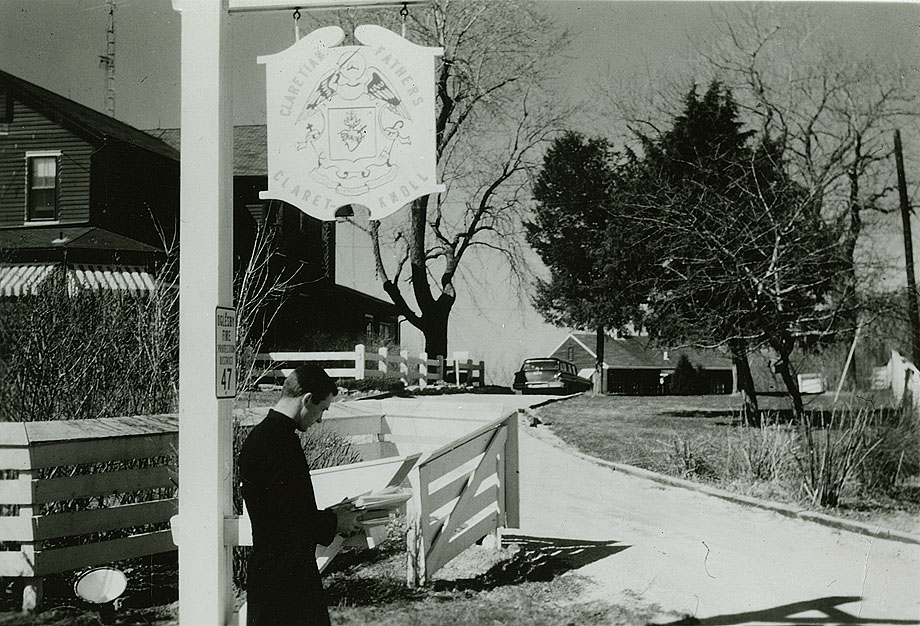In the late 1950s, the Claretian Eastern Province was looking to reinvigorate their approach to Claretian brother vocations. Enrollment in the program for brothers at the Claretian minor seminaries had declined, a reflection of the trend in seminaries across the country. The Claretians in the East decided that the best way to encourage Claretian brother vocations would be to improve the educational experience. Looking to other congregations, it was determined the best course of action would be to open a school fully dedicated to the education of brothers. Previously, students who felt called to become Claretians would all attend the same school, regardless of their vocation to the priesthood or brotherhood. By creating a school solely for Claretian brothers, it would be possible to provide a higher quality specialized education.
Thus, in 1958, the General Government in Rome approved the Claretian School for Brothers and it was opened on the sprawling Claretknoll property in Peru, Illinois.

The 240-acre property had been dubbed for the founder of the congregation and the knoll, the highest point on the grounds. The campus along the palisades of the Illinois River included workshops to teach the boys skilled trades, a refectory, houses for Claretian priests and brothers staffing the school, and the Quonset hut which served as the boys’ dormitory, classrooms, and chapel. The black and white photos taken at the time don’t do justice to the way former students today will still wax poetic about the idyllic forest with its lake and waterfall that served as the backdrop to their education.
Shortly after the School for Brothers was established, the Claretians began hosting Camp Saint Claret, a summer camp for boys along the lake. Small cabins and a dining hall were built for campers for six week stretches in the summer. The camp was quite successful locally, as were the Labor Day hay rides the Claretians hosted for the local community. While Claretknoll was beloved by locals and Claretian students alike, the Claretians made the decision to sell the property in 1969 to focus on educating men in urban settings that would better reflect Claretian mission grounds. During its relatively short lifespan, Claretknoll served the Eastern Province as the site of the undergraduate college program, the school for brothers, a belated vocations school, the novitiate, and a beloved local summer camp. Claretknoll was sold in 1970 to Park Lawn, a charitable organization that provides services to individuals with intellectual and developmental disabilities.
